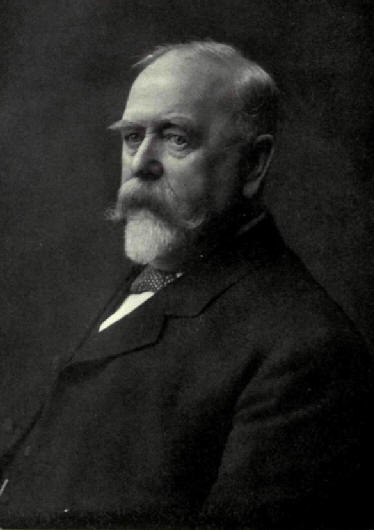 When it comes to reporting the results of scientific studies, scientists and science journalists often find themselves at loggerheads. The journalist hopes for a good story with a clear conclusion.
When it comes to reporting the results of scientific studies, scientists and science journalists often find themselves at loggerheads. The journalist hopes for a good story with a clear conclusion.
The scientist, meanwhile, is only too well aware of the misunderstandings such a simple summary might engender. As a result, the Conclusions sections of many scientific papers are hedged with so many caveats that it can be difficult for the uninitiated to discover what, if any, conclusion was actually reached.
This 'hedging of bets' has a long history. Joshua Platt [c. 1696 - 1776], writing in the Philosophical Transactions of the Royal Society in 1759, where he identified himself as 'Your ever obedient, and most humble servant', provided a virtuosic example of such scientific diplomacy with his account of a fossil thigh bone from Stonesfield, Oxfordshire:
"If I may be allowed to assume the liberty, in which fossilists are often indulged, and to hazard a vague conjecture of my own, I would say it [the fossil thigh bone] may probably have belonged to the hippopotamus, to the rhinoceros, or some such large animal, of whose anatomy we have not yet a competent knowledge."
Picture: James Geikie (1839 - 1915)
In modest footsteps
A century later, mineralogist David Forbes [1828 - 1876, younger brother of Professor Edward Forbes 1815-1854], followed Platt's self-deprecating example. In an article entitled 'The Microscope in Geology' published in 1867 in The Popular Science Review, he extols the value of studying rocks in thin section under a polarising light microscope, then confesses:
"It is with great hesitation and only after much solicitation that the author of these remarks has now ventured into print, with the hope that by once breaking the ice, others more capable than himself may be induced to communicate the researches on the same subject."
Tell it like it is
But in Forbes' case, the description ‘obedient and humble servant’ did not really apply, at least among his peers. Forbes's relationship with some of his colleagues could best be described as combative. A straight-talking Manxman, he was not averse to forthrightly expressing unfavourable opinions of his peers in the correspondence columns of prominent scientific journals.
James Geikie [1839 - 1915, picture above], an assistant at the British Geological Survey and younger brother of Archibald Geikie [1835 - 1934], was one of those who received a public pen-lashing at the hands of Forbes. In a series of letters published in 1867 in the Geological Magazine, Forbes dismisses James Geikie's publications about a possible metamorphic origin for granites and other igneous rocks, citing the "rather startling statements embodied in these papers" and asking if "the papers here under consideration come up to the mark [since the] substance of the papers themselves does not prove the author to be much at home either in chemistry, mineralogy, petrology or physics". Presumably the UK’s now notoriously wide-ranging libel laws did not then apply!
Acknowledgements
Thanks to Philip Powell of the Oxford University Museum of Natural History for drawing my attention to the modest remarks made in print by Joshua Platt and David Forbes which inspired this vignette. Other sources include: David Forbes FRS (1828-1876): A chemist and mineralogist who advocated for thin section microscopy by Helen Kerbey, Geological Curator, 9 (10), 2014, pp. 515-525; the entry for David Forbes by W H Brock in the Oxford Dictionary of National Biography, and An account of the Fossile Thigh-Bone of a Large Animal, Dug up at Stonesfield Near Woodstock, in Oxfordshire by Joshua Platt (Phil Trans Roy Soc, vol 50, 1757-1758, pp. 524 -527).
* Nina Morgan is a geologist and science writer based near Oxford. Her latest book, The Geology of Oxford Gravestones, is available via www.gravestonegeology.uk